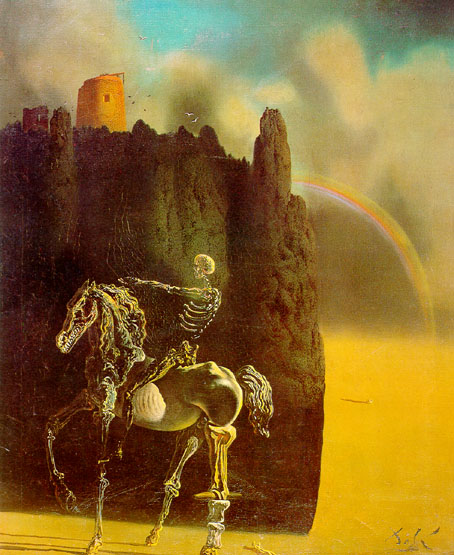Joe Moran states in Interdisciplinarity that cultural studies dismiss high culture as elitist (Moran 68). By this he means that high culture is viewed as snobbish and self-absorbed, that the members of high culture hold themselves in a higher regard. Briefly investigating the traits and habits of a member of high culture, one may agree with this assertion; high culture – the arts – tends to have a habit of expression. This sometimes extends to lush expression. The iconic artwork of Jackson-Pollock, with its flailed brush strokes culminating into a colorful visual assault, may leave one wondering what exactly the man was on about. Did the heat of passion cause him to paint a representation of what he felt, and how he felt like expressing it? Or did he view himself, as Moran explains, as a figure of higher importance and meaning? Disregarding the notion (or possibility) that he may well be the latter, both points are arguable. However, I believe that the claim of high culture as “elitist” is misrepresentive of its purposes and actions.
We have established that high culture generally signifies what we know as art. Now, let us examine its purpose. Art, from the beginning of our lives, is a means of expressing what we feel aesthetically and aurally. That time in kindergarten when we brought home primitive portraits of our parents for them to stick on the refrigerator and admire, though it seems ridiculous, is still art. It is still a manifestation – albeit an uncoordinated one – of the feelings we felt towards our parents; our appreciation for them, our excitement towards the happiness we would bring them, and even our attraction towards them. On the opposite end of the spectrum we have artists like Salvador Dali, whose surrealistic landscapes still baffle us. Imagine, if you will, Dali’s The Horseman of Death (1935); a skeleton riding on a horse, backed by a rainbow and other ethereal imagery. One could exclaim, “How preposterous! His attempts at embodying death are simply pretentious!” Those who agree with this have all the right to their opinion, but they fail to see another side of the painting. What if Dali was just afraid of death – as many humans are – and painted this work as a means of coping with his fear? If this is the case, can he really be blamed for such an excursion into high culture? Maybe high culture is just culture’s way of gathering a deeper understanding of thoughts and emotion. It is not elitist, it is just exploratory.

